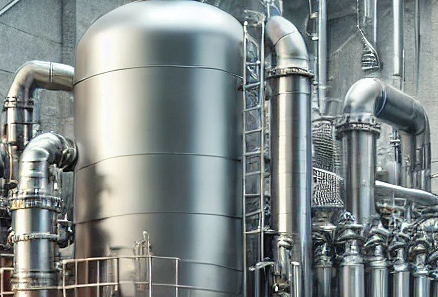Waste-to-energy (wte) is the process of generating energy from the primary treatment of waste or the processing of waste into fuel and thermal gasification of solid waste, which produces a gaseous, fuel-rich product. Waste gasification is a complex and sensitive process, and obtaining a proper gas state is challenging. The physical and chemical properties of the gas, such as the energy content, gas composition and impurities, vary over time.
Aurelia’s approach
Aurelia Turbine’s goal has always been to develop turbines that can handle changes in gas quality.
Aurelia’s clients can benefit from the turbines’ fuel flexibility, as syngas from waste can be used as a fuel. The turbine is modular and designed to utilise various fuels, from natural gas to hydrogen, biogas, flare gasses and even synthetic and recovered gases.
Aurelia Turbines’ products are already being used worldwide to generate electricity and heat from waste. In all cases, the waste is gasified to syngas, after which the turbines can generate energy from it.
Syngas, or synthesis gas, is a mixture of hydrogen and carbon monoxide in various ratios. The gas often contains some carbon dioxide and methane.

